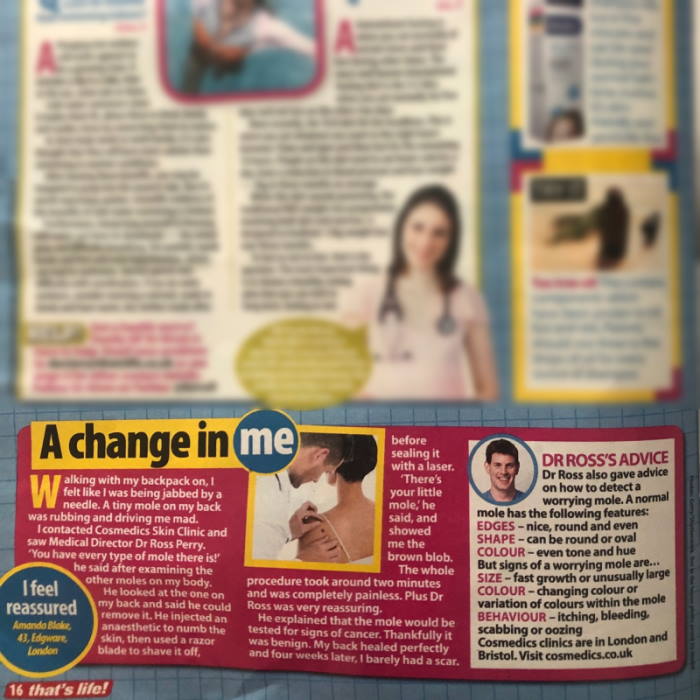The topography of your skin is always changing. Every now and then when you look down at yourself in the shower you may notice a small mark, speck or freckle that you could swear wasn’t there when last you looked.
When this happens, people tend to react in one of two ways. They can jump straight to the worst case scenario and assume that a new mole or blemish is the herald of something unimaginably scary. Or they can shrug it off and go about their day. While we’d argue that the first approach is a little too alarmist (and living in a heightened state of anxiety really can create more problems than it solves), the second one can be potentially dangerous.
While a calm and considered approach is always advantageous it pays to be vigilant when it comes to spotting new moles and other blemishes on your skin. While they may well be benign, there’s always a possibility that they may not. Thus, here are some reasons why you should never ignore an ‘odd’ blemish and check in with a seasoned dermatologist as soon as possible.
If it’s nothing to worry about, you’ll have some much needed peace of mind
Ever wonder where the term “worry wart” came from? While we’d feel really clever if we drew a direct correlation between stress and skin blemishes, the term actually came from a 1920s American comic strip. Nonetheless, seeing an unaccounted for blemish on your skin can be a source of great anxiety. We human beings have a tendency to catastrophise, conditioning ourselves to prepare for the worst case scenarios in unfamiliar circumstances.
Stress and anxiety are natural responses to the unknown but the longer we leave them, the more they can result in unwelcome physical and psychological effects. Check in with a doctor to get unfamiliar blemishes looked at ASAP. If it’s nothing to worry about, you’ll feel like a great weight has been lifted.
A mole might require examination
Moles can be benign, but they can also result in cancerous changes under certain circumstances. If you see an unfamiliar or unusual mole, you should check in with your doctor ASAP. It may be nothing to worry about today, but if there are concerns, your doctor will probably refer you to a specialist, who may want to perform a biopsy to find out if there are any issues.
If it’s something serious, early intervention can make all the difference
Nobody wants to hear that the new blemish they’ve discovered is a sign of something serious. However, if that should be the case, being proactive can make all the difference, resulting in early diagnosis and effective treatment. Burying your head in the sand, however, can cause problems to go undiagnosed and untreated. And the unfortunate truth is that such conditions rarely go away of their own accord.
If you see any blemishes in the mirror or the shower that you’re at all unsure about, get in touch with your doctor for advice.
In some cases, you may prefer your mole be removed just to be on the safe side. One of our highly knowledgeable, friendly and helpful team members will be more than happy to arrange a consultation with one of our doctors or surgeons. We specialise in mole removal and have removed literally thousands over the years.
Private Mole Checks & Removal
The London Mole Removal Centre is a private company, offering private mole checks and treatment for unwanted moles and other skin lesions (e.g. cysts, skin tags, warts, verruca, lipoma, xanthelasma). All consultations and treatments are carried out in person by doctors who are specially trained in the latest laser and skin surgery techniques and are highly experienced in the field.
Further advantages of private treatment at the London Mole Removal Centre include:
- No waiting lists
- Fully trained doctors, registered with GMC
- Moles can often be removed in the same appointment as the consultation, saving the need for a repeat visit and allowing patients to get their skin lesions removed very quickly
- Choice of 4 clinics in London and also Bristol
- Removed moles tested with report provided
For more information or to book a consultation, please complete the form on this web page or call 020 7731 3791.

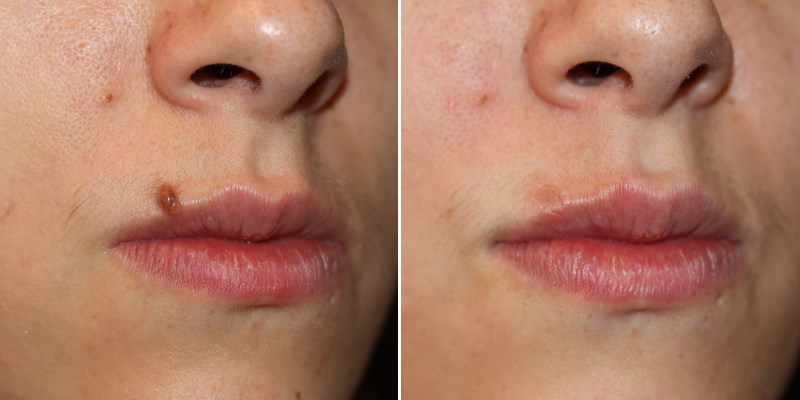
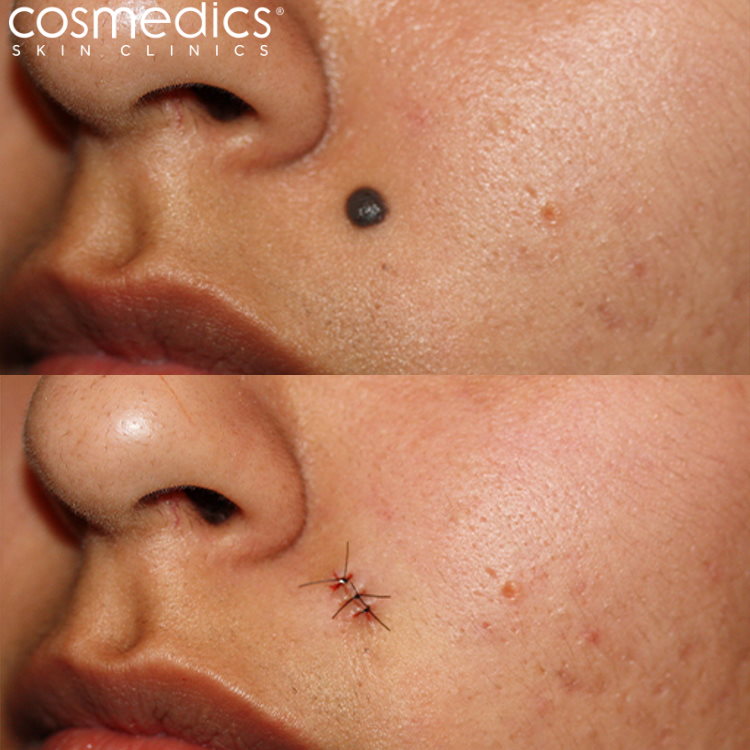
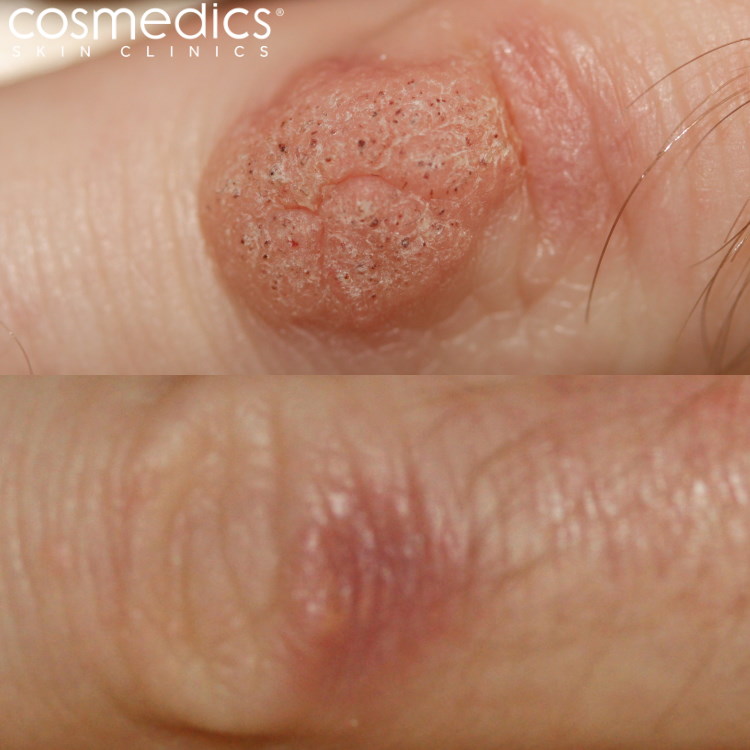
 Dr Ross Perry
Dr Ross Perry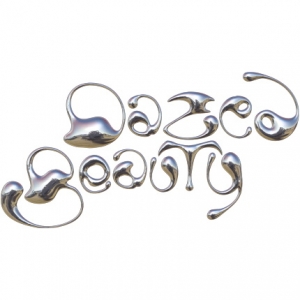 Dazed Beauty interviewed mole removal expert, Dr Ross Perry, to find out more about a career path which has seen him removing thousands of moles.
Dazed Beauty interviewed mole removal expert, Dr Ross Perry, to find out more about a career path which has seen him removing thousands of moles.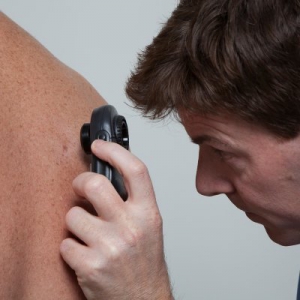 Dr Ross Perry
Dr Ross Perry